Blackmagic Design are building their own ecosystem and they’re building it well.
Update! The BlackMagic Design URSA Mini Pro 4.6K G2 is now out and has improved on the below stats considerably. However, the build quality, handling and results below are still a very good indicator of the cameras capabilities so make sure you read the full article to see what it can do.
With a 4.6K sensor, RAW and ProRes recording capability, and optional PL mount for around $7,000, there’s no wonder Blackmagic Design is touting its Ursa Mini Pro 4.6K as ‘the world’s first digital film camera with professional broadcast camera features and controls!’ That’s a great deal however you look at it — and their are many ways to look at it, from 4K 16:9 DCP and UHD to 3K anamorphic and 1920×1080 HD. The Ursa Mini Pro 4.6K gives you a lot of options, almost too many options.
So what does $7,000 buy you?
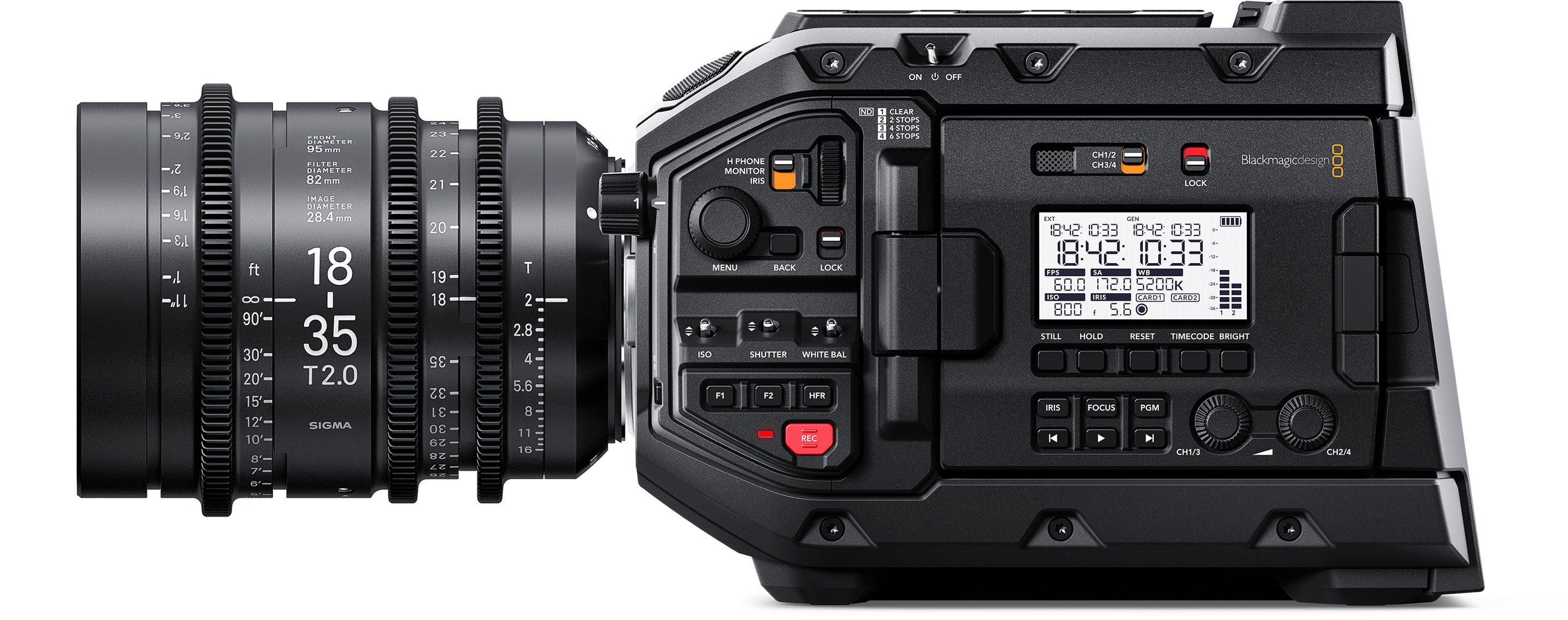
The URSA Mini Pro 4.6K is built with the user in mind and they have improved significantly on the older URSA range. Side operator camera controls are in intuitive and in easy-to-reach locations whilst shoulder mounted. Though we do feel that the iris control could have been better placed due to access being partially blocked when the LCD screen if flipped out.
Disclaimer. This post may contain affiliate links. We make a small commission if you buy the products from these links (at no extra cost to you). As an Amazon Associate, I earn from qualifying purchases. But we only recommend products we would use ourselves. For more information, click here to see our disclosures.
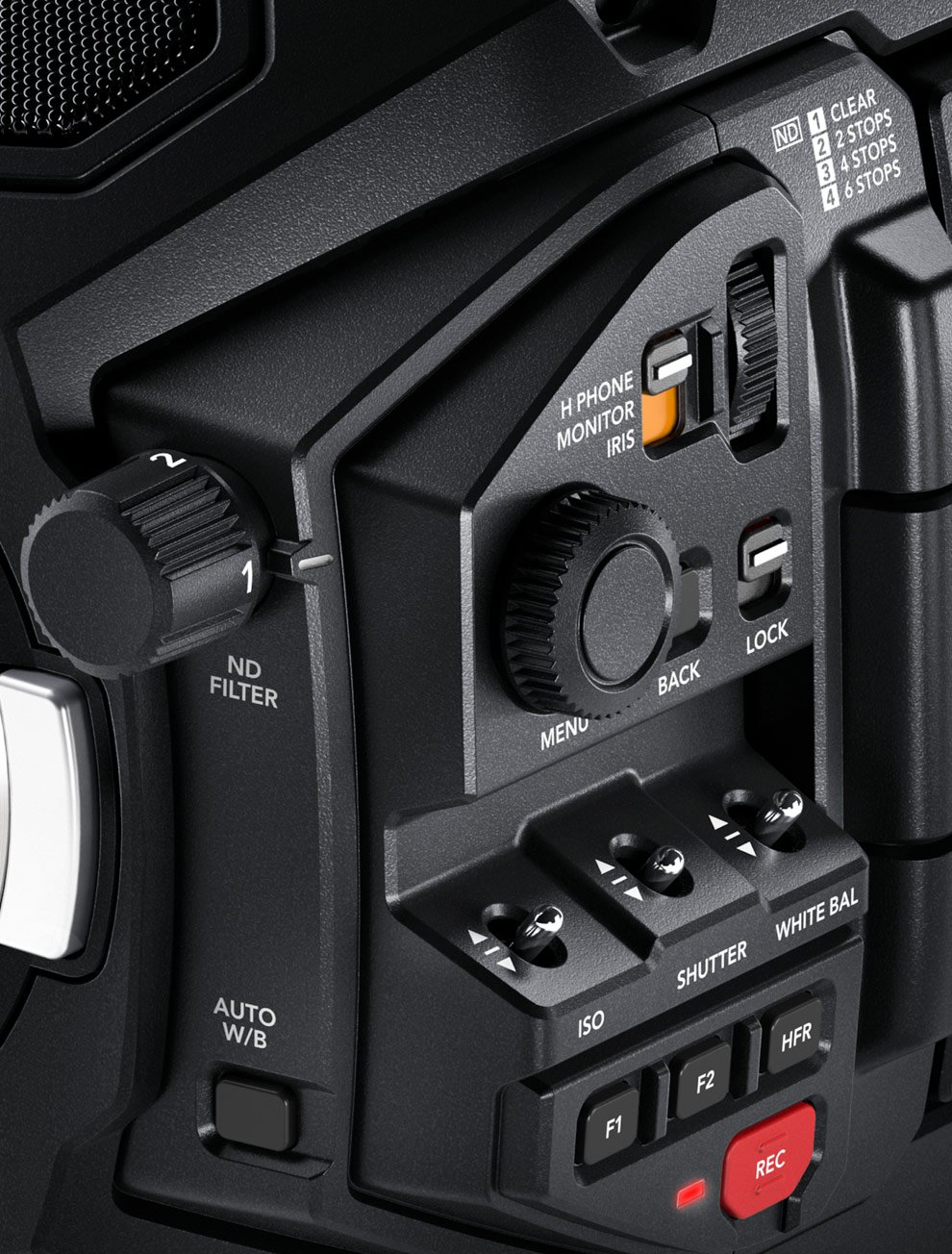
ND filters are built right into the camera and give up to 6 stops of range to play with. This is a lifesaver when in harsh lighting conditions.
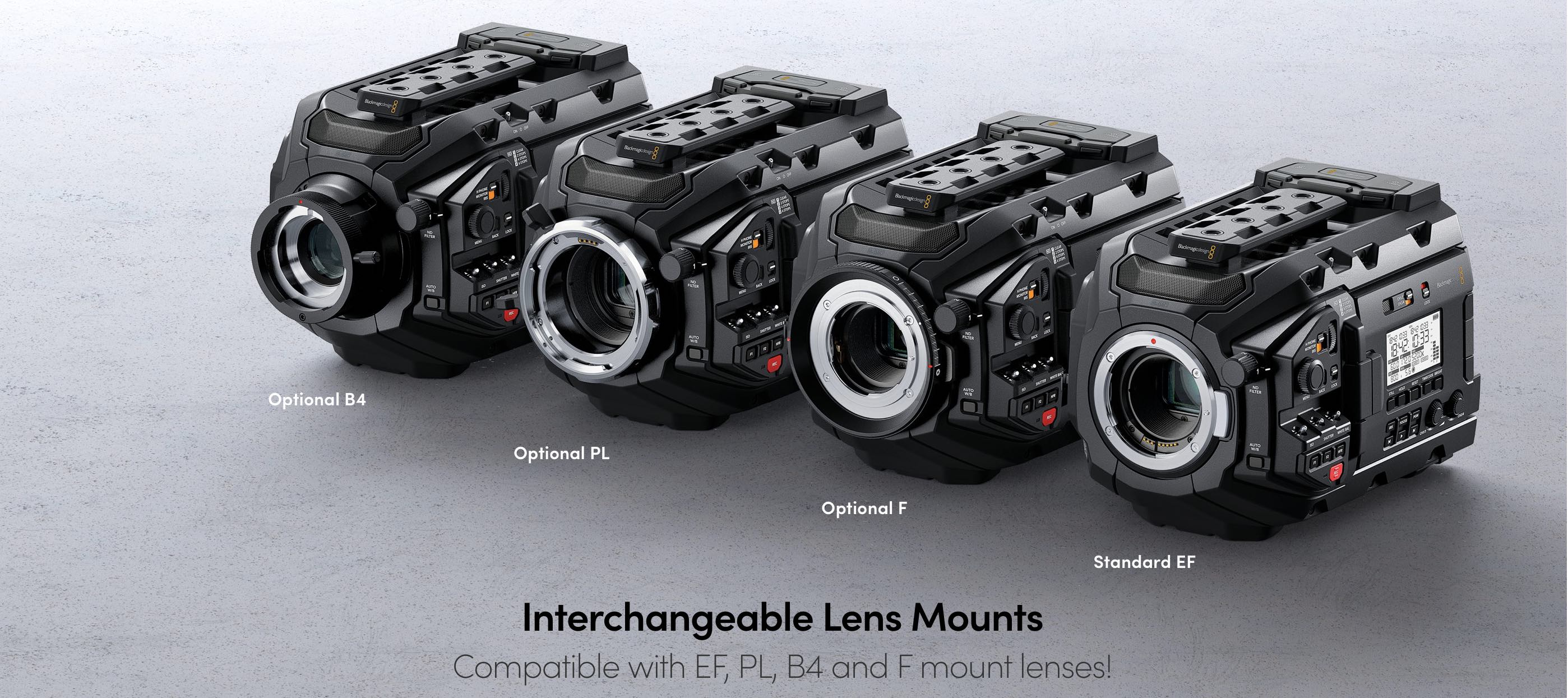
It comes in 4 different mount varieties, meaning whatever range of lenses you use or whatever environment you are looking to utilise this camera in there should be an URSA mount option available for it. The camera can even come with a B4 mount suitable to studio broadcast lenses.
The URSA Mini Pro 4.6K is built from magnesium alloy, which is a very efficient heat dissipater. Combining that with the special design of the camera chassis it serves as an effective heat sink. Add a noiseless fan to that and it all comes together to dissipate heat away from the sensor through the top of the camera.
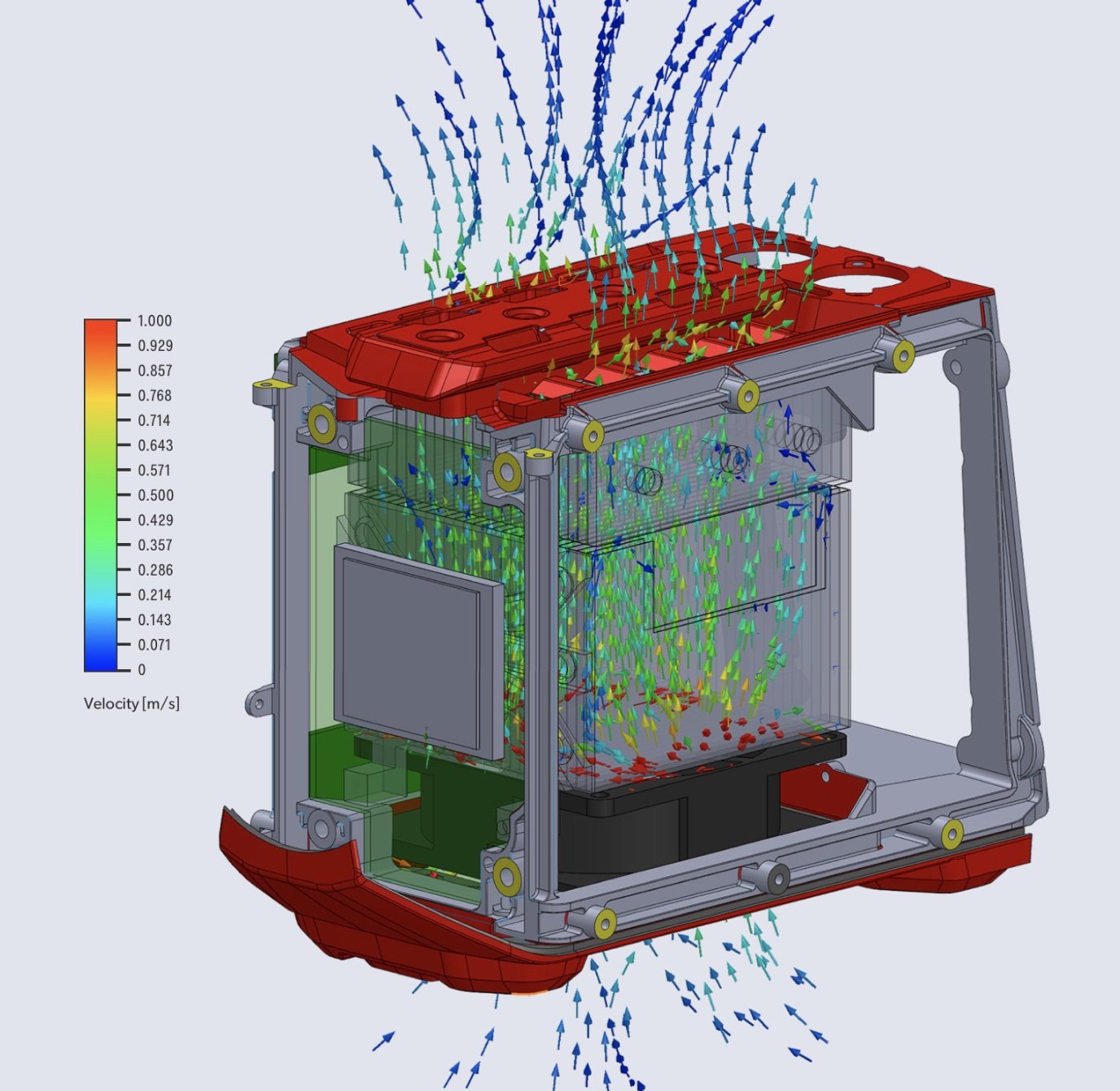
The design of the chassis and ‘active refrigeration ensures maximum dynamic range and low noise so you get incredibly clean pictures with amazing detail in both the dark shadows and bright highlight areas.’

The URSA also features non-stop recording to two CFast 2.0 and two UHS-II SD cards. The CFast 2.0 cards support full resolution, 12-bit raw recording, however the SD cards are only suitable for raw recording at HD resolution and ProRes. When a card is full, recording automatically continues onto the next card, even if it’s not the same type of card. There is also a Mini SSD add-on that attaches to the back of the camera to support recording raw 4K and 4.6K straight to the drive.
How it works in the field.
Colour accuracy is something BMD pride themselves upon. They do own the Davinci Resolve colour grading software (check here for an intro to the software), so that would make sense. We can say that we have experienced fantastic results out of the URSA Mini 4.6K Pro, flesh tones are accurately represented and the 15 stops of dynamic range really help get the best colour in most situations. The only niggle that we have is when using the URSA as a studio camera and taking an active SDI output the feed has a slight bias towards green. This is easily counteracted using the ATEM controllers from BMD but if like us you are taking the feed into a Tricaster system with different makes of cameras involved in the setup then it can become trickier to balance the URSA.
The camera offers ISO 200, 400, 800, and 1600 settings. This may seem slightly restrictive but this is a camera that relies on the fact that if you are paying £5,000 for it you are going to use it in scenarios where your scene is properly lit. The cameras native ISO seems to be around 400 with some small noise being introduced in the shadows at the 800 mark and then some quite obvious noise at 1600 even with good fill light. As long as you don’t expect this camera to have a £20,000 sensor inside and light your scene accordingly then the ISO options shouldn’t be an issue.
What could be better?
There is so much bang for your buck in the URSA Mini 4.6K Pro that it’s hard to think of what could be better or what is missing.
However, that being said there are always some niggles that come through when you use a camera a lot and are used to certain features. One of these is the lack of any shoe mounts. This isn’t a DSLR and so accessories using shoe mounts wouldn’t typically be expected to be used with the camera. The camera has ¼-inch threaded sockets but not 3/8-inch drillings. It seems like a simple design addition but has been left off the camera completely. For those used to mounting mic-packs, shotgun mics, on-camera lights or whatever professional accessory you may be used to using then you may have to get inventive with your solution to this problem.
As we mentioned earlier the placement of the Iris control wheel could be better.
The recording light indicator is only visible from one side and therefore hard to discern if the camera is actually recording or not. Using the additional EVF will help slightly as it has an additional front-facing indicator light on it.
The take home?
At the end of the day this is a pro-level camera with some very high-end features all for $7,000. At DigiProTips we use this camera everyday for studio work, on-the-street news pieces and for beautifully coloured short-form pieces too.
It is a versatile and adaptable tool that when in the right hands can boost a production’s quality immensely.
Hot Update! The G2 of this camera is now down to just under $6,000 (at time of writing this update) on Amazon:
In fact, the G1 is the same price right now, so grab a bargain with the g@ and get more bang for your buck!
Check out our latest article on how you can NDI enable your cameras for extra cord-cutting abilities on an NDI network:
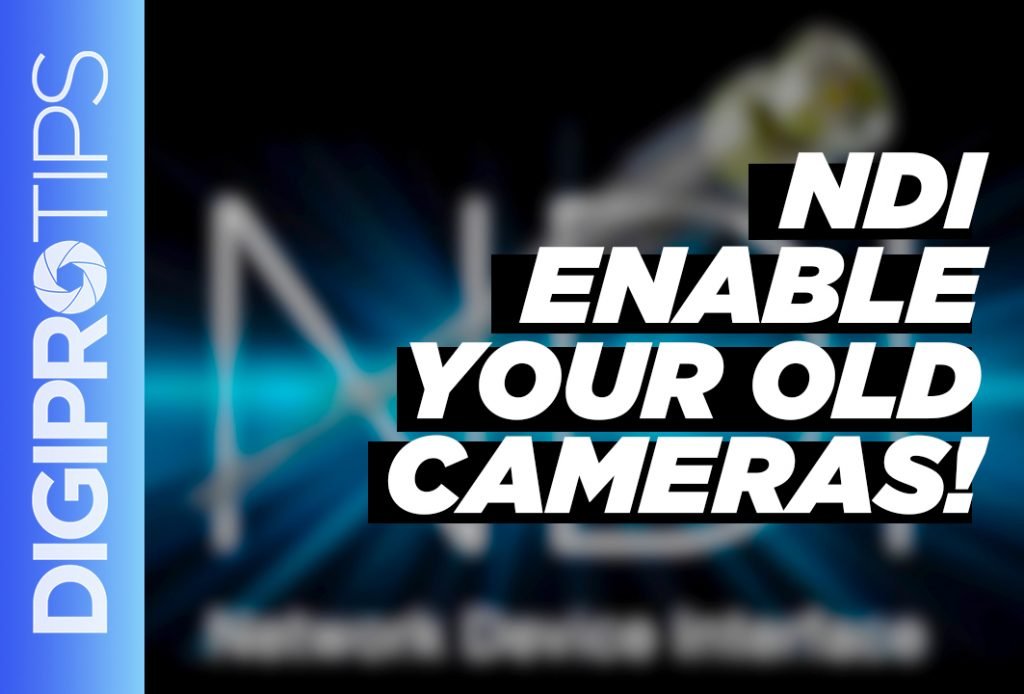
DigiProTips

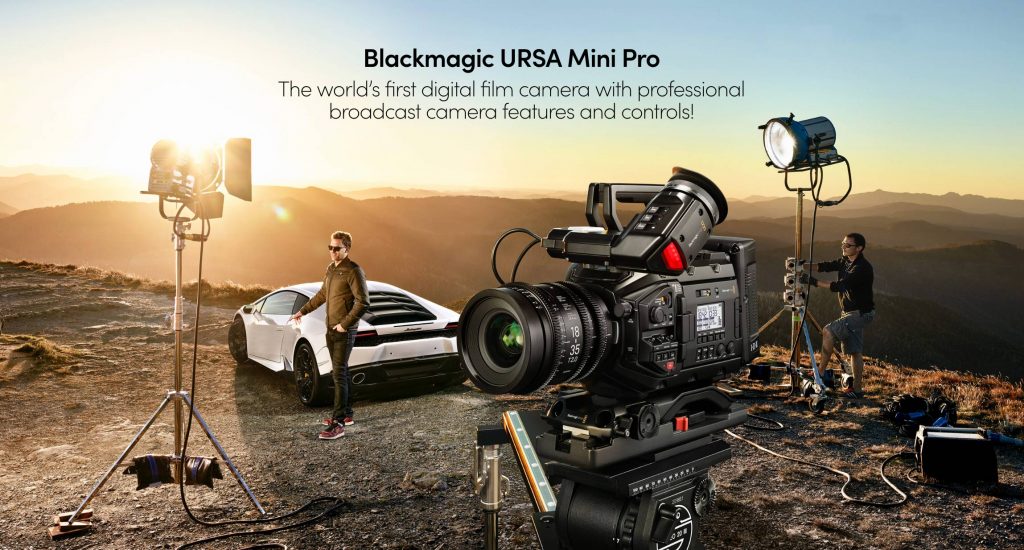


Pingback: Colour Correct Your Footage PROPERLY in Da Vinci Resolve -